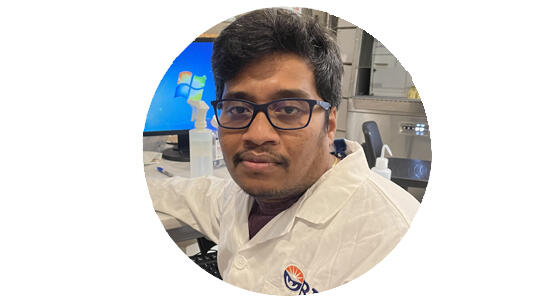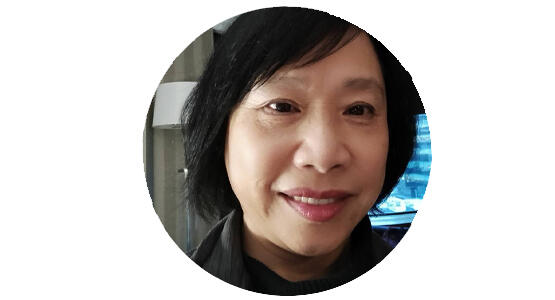About us
Facility Staff

Roman Krawetz, PhD
Director
Dr. Roman Krawetz is an Associate Professor in the Department of Cell Biology & Anatomy whose research is focused on understanding the mechanisms regulating the interaction between inflammation and stem cell mediated cartilage repair and develop novel diagnostic & prognostic assessments of OA.

Ranjan Maity, PhD
Facility Manager
Ranjan has obtained his PhD in Cellular and Molecular Biology from University of Laval in 2014. He has joined as postdoctoral researcher in Dr. Nizar Bahlis’s Lab in University of Calgary and where he was actively involved in clinical research for immunotherapy and CAR T cell therapy in Multiple Myeloma disease. Ranjan has joined Flow Cytometry facility manager in 2022, he has expertise in characterization (T cell Exhaustion, Checkpoint Inhibitor, Activation) of T cells and CAR T cells by Flow Cytometry, Ranjan is also involved in data analysis, cell sorting, instrument calibration, troubleshooting, panel designing and user training.

Yiping Liu, PhD
Senior Technician
Yiping obtained an MD in China in 1988, and a PhD in Cell Biology at Peking University in 1997. After a 2-year postdoc at the University of Wisconsin, she moved to UofC to manage Jan Storek’s lab. It was here she gained extensive experience in Flow Cytometry. Yiping joined the Flow Cytometry Facility in 2010 and is now our resident expert in Flow Cytometry analysis, panel designing and cell sorting. She knows every instrument in our facility, inside and out, and is highly proficient in instrument troubleshooting.
Background
About the facility
What is Flow Cytometry?
Flow cytometry is a method of assessing the molecular phenotype and physical characteristics of single cells and small particles as they pass through the pathway of either a single laser or multiple lasers. The expression of proteins can be interrogated using fluorescently labelled antibodies and the transcriptional expression of reporter genes that utilize fluorescent proteins can be detected directly.
Applications
- Immunophenotyping and expression analyses
- Cell cycle, proliferation & apoptosis analyses
- Fluorescence-activated cell sorting
- Small particle analysis
Fluorescence-activated cell sorting (FACS)
FACS is when flow cytometry is used to sort cells into a pure population based on their molecular and/or physiological phenotype. Cells can be sorted into pure populations or at a single cell level, for a variety of downstream applications. As well as cells, we can sort nuclei and small molecules, such as extracellular vesicles.
Conventional vs. spectral cytometry
Using conventional cytometry, light emitted from fluorescent markers is fractionated using a series of dichromatic mirrors and bandpass filters, allowing light within discrete wavelengths to be sensed by detectors, such as photomultiplier tubes (PMT). Situated across the optical spectrum, these PMT convert detected light to a photocurrent that can be digitized and visualised electronically. Although this technique is very effective for use with certain fluorochromes, the scope of conventional cytometry is limited, usually by the number of detectors.
In contrast, with the use of improved optics and detector systems, spectral cytometry measures the full fluorescence emission spectra on a per-cell basis. Detectors that comprehensively cover the entire optical spectrum provide increased resolution compared with the region-specific light sampling associated with conventional cytometers, thereby reducing the need for compensation.
